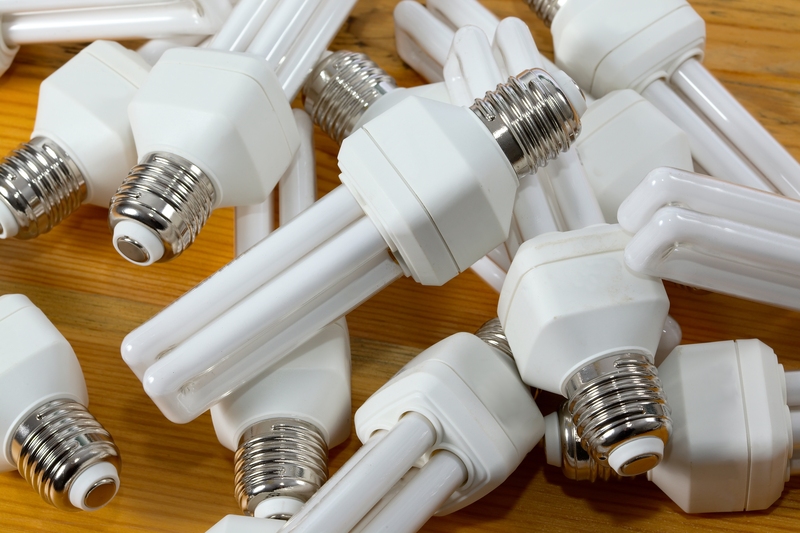
Innovative Ideas for Reducing PPE Waste in Your Daily Life
The increased reliance on Personal Protective Equipment (PPE), especially during health crises like the COVID-19 pandemic, has led to a surge in PPE waste. From disposable masks and single-use gloves to face shields, the environmental impact of these materials is undeniable. If you're looking for creative and sustainable ways to minimize PPE waste in your daily routine, you're in the right place. This comprehensive, SEO-optimized guide will introduce you to innovative ideas to reduce, reuse, and responsibly dispose of PPE, while also ensuring your safety and well-being.

Understanding PPE Waste and Its Environmental Impact
What is PPE Waste?
PPE waste encompasses used or discarded personal protective equipment such as:
- Masks (surgical, cloth, N95/FFP2, etc.)
- Disposable gloves (latex, nitrile, etc.)
- Face shields and visors
- Protective gowns and covers
- Shoe covers
These materials are largely made of non-biodegradable plastics, such as polypropylene, which persist in the environment for centuries. When not managed properly, PPE pollution finds its way into landfills, oceans, and urban spaces, endangering wildlife and human health.
Why Should We Reduce PPE Waste?
- Environmental Protection: Reducing PPE waste helps prevent plastic pollution and supports ecosystem health.
- Resource Conservation: Minimizing disposable PPE usage conserves raw materials like petroleum and saves energy.
- Cost Savings: Reusable alternatives and proper management decrease expenditures for individuals, businesses, and governments.
- Health & Safety: Proper disposal minimizes the risk of infection and spread of pathogens.
Prioritize Reusable PPE Options
Switch to Cloth Masks and Reusable Face Coverings
- Choose high-quality, washable fabric masks that meet safety standards.
- Wash your mask daily using soap and water at the recommended temperature.
- Rotate between multiple masks to allow for thorough cleaning and drying.
- Avoid using single-use surgical or N95 masks unless absolutely necessary (e.g., medical settings).
Reusable masks can significantly cut down on the amount of PPE waste generated. If chosen wisely and cared for properly, they're just as effective for daily wear and non-clinical environments.
Transition to Reusable Gloves When Possible
- Opt for reusable rubber gloves for cleaning and daily tasks at home.
- Sanitize gloves after each use and let them air-dry fully.
- Reserve single-use gloves for high-risk situations where necessary (e.g., medical procedures).
While single-use gloves are sometimes indispensable, they also cause a significant PPE disposal problem. Limiting their use and switching to reusable options can make a measurable difference.
Creative Ways to Repurpose PPE Materials
Repurposing and Upcycling PPE for Other Uses
- DIY Projects: Turn used (properly sanitized) masks and face shields into art projects, plant pot liners, or organizers.
- Gardening Aid: Use old face shields as mini plant covers, or repurpose gloves as seedling protectors.
- Crafting: Incorporate sanitized PPE components into craft projects, jewelry, or educational models to raise awareness about recycling.
Upcycling PPE doesn't just keep waste out of the landfill--it also provides unique ways to spark creativity and conversation about sustainability.
Proper Disposal and Recycling Practices
Separating and Handling PPE Waste Responsibly
- Dedicate a well-labeled container or bag for used PPE at home, school, or work.
- Never dispose of PPE in regular recycling bins, unless specifically directed by local authorities--most curbside recycling isn't equipped for contaminated materials.
- Seal PPE waste in a bag before disposal to prevent leakage or accidental contact.
- Always follow local guidelines for hazardous and biomedical waste management.
Learning the best practices for PPE waste disposal protects not just the environment, but also waste workers and public health.
Participate in PPE Recycling Initiatives
- Look for community programs or drop-off centers that collect and process used masks and gloves for recycling.
- Support and promote innovative recycling schemes, such as those offered by certain eco-conscious startups and non-profits.
- Stay updated about new technologies that can recycle PPE into construction materials, road surfaces, or new plastic products.
Adopt Digital and Contactless Solutions
Embrace Remote Work and Digital Transactions
- Limit in-person interactions by leveraging telecommuting, video calls, and virtual meetings.
- Opt for contactless payments and digital documentation wherever possible.
- Reduce unnecessary PPE use by minimizing exposure in crowded settings.
By adopting digital alternatives, you indirectly reduce the need for excessive PPE usage, helping lower overall waste generated in offices, stores, and public spaces.
Educate and Advocate for PPE Waste Reduction
Raise Awareness in Your Community
- Share PPE waste reduction tips with family, friends, and colleagues.
- Organize or participate in local clean-up campaigns targeting littered masks and gloves.
- Create informative posters or social media content on the environmental impact of improper PPE disposal.
Encourage Businesses and Institutions to Act
- Request that local businesses stock reusable PPE and provide safe disposal bins for customers.
- Support companies that adopt eco-friendly PPE policies and sustainable supply chains.
- Advocate for clear signage and education on PPE disposal in schools, hospitals, and public spaces.
Choose Eco-Conscious PPE Products
Opt for Biodegradable and Compostable PPE
- Look for face masks and gloves made from natural fibers such as cotton, bamboo, or cornstarch-based polymers.
- Choose brands that transparently share their environmental certifications and end-of-life disposal instructions.
- Check if biodegradable masks have been tested for safety and filtration efficacy before purchase.
While not all biodegradable PPE is suitable for high-risk environments, it offers a much-needed alternative for everyday use.
Support Innovation in Sustainable PPE Manufacturing
- Back startups and research teams developing PPE made from sustainable materials and circular production models.
- Stay informed about pilot programs that transform PPE waste into valuable resources, like construction panels or reusable fabric blends.
- Spread the word about new solutions to increase market demand and drive policy shifts.
Practice Mindful PPE Consumption
Evaluate the Necessity Before Using PPE
- Use PPE only when absolutely essential, especially in low-risk environments.
- Follow public health guidelines to understand when masks or gloves are necessary and when they can be avoided.
- Encourage others to avoid "just in case" PPE usage outside of required settings.
Reducing unnecessary PPE use is the most straightforward strategy to limit waste streams at the source.
Engage in Circular Economy Practices
Return and Reprocess PPE Where Possible
- Support products and services that offer "take-back" or refill programs for PPE.
- Check with local pharmacies, hospitals, or businesses for safe collection and reprocessing options.
- Promote circular economy initiatives within your community and workplace.
The circular economy model focuses on designing waste out of the system by promoting reuse, repair, and closed-loop recycling.
Real-World Examples of Innovative PPE Waste Reduction
- PPE Recycling Technologies: Some companies, such as TerraCycle, offer programs to collect, clean, and recycle disposable masks and gloves into new products like benches, plastic lumber, and playground equipment.
- Face Mask Eco-Bricks: In countries like the Philippines, used face masks are sanitized and compacted into eco-bricks for building construction.
- Bioplastic Face Shields: Innovative startups are producing compostable face shields from PLA (polylactic acid) bioplastics derived from corn and sugarcane.
- Community Reusable Mask Drives: Local groups sew cloth masks for distribution, reducing demand for disposables and fostering community spirit.
Take Action: Your Role in Reducing PPE Waste Today
In conclusion, reducing PPE waste in your daily life is a multifaceted effort that combines individual choices, community advocacy, and innovative solutions. By switching to reusable options, repurposing materials, practicing mindful consumption, supporting eco-friendly products, and promoting proper disposal, you can make a meaningful impact on both the environment and public health.
- Switch to reusable PPE whenever possible.
- Embrace digital alternatives and limit unnecessary exposure.
- Promote responsible disposal and recycling practices.
- Educate and advocate for PPE waste reduction in your network.
Every small step counts in this global challenge. By integrating these innovative ideas for reducing PPE waste into your routine, you're contributing to a healthier, more sustainable future for all.
Frequently Asked Questions About Reducing PPE Waste
- Can masks and gloves be recycled?
Most municipal recycling systems don't accept used masks or gloves due to contamination risks. However, specialized programs and companies are developing safe recycling methods for clean or sanitized PPE. - Are biodegradable PPE products safe and effective?
Many biodegradable masks and gloves are safe for daily, non-medical use. Always check for certifications and filtration standards before using them in high-risk situations. - What is the best way to dispose of used PPE?
Place used PPE in a dedicated waste bin, seal if possible, and follow local disposal guidelines to prevent contamination and litter.
By staying informed and proactive, you can help solve the PPE waste challenge with innovative ideas--starting today!
